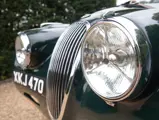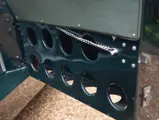210 bhp, 3,442 cc DOHC inline six-cylinder engine with twin SU carburettors, four-speed manual transmission, independent front suspension with upper and lower wishbones, torsion bars, and hydraulic dampers, live rear axle with trailing arms, a double-action torsion bar, a torque reaction member, and hydraulic dampers, and four-wheel Lockheed hydraulic drum brakes. Wheelbase: 2,600 mm
In 1951, William Lyons was preparing Jaguar’s new C-Type for entry at Le Mans. Doubtful that the completely new automobile would be ready in time for the race, Lyons ordered up three special Works-built XK120s as an insurance policy. These cars were the first XK120s since the initial run of 210 cars in 1949 and 1950 to have lightweight aluminium coachwork. They boasted tweaked lines with cut-down doors, rear sheet metal produced in a single piece, and Brooklands-type aerodynamic windscreens. Known as LT1, LT2, and LT3, the cars wound up not racing at Le Mans, as the C-Types were completed in time. They sat around Browns Lane until Charles Hornburg, the famous US West Coast Jaguar importer, spotted them during a visit. He promptly purchased the cars and exported them stateside, where Phil Hill masterfully drove one to 3rd overall and a class win in its very first race in August 1951.
LT1 remained in England and went to Jaguar employee Bob Berry, who mounted its coachwork to an XK120 chassis that he already owned and installed a D-Type engine and four-wheel disc brakes. The car was eventually brought to North America and was exhaustively raced by the late Peter Price at various West Coast circuits. Today, LT1, restored to its original appearance, resides in a private collection.
The car offered here is a faithful recreation of that famous Jaguar, and based upon its chassis number, 671751, it is an original left-hand-drive export XK120 that had been delivered through Hornburg’s Beverly Hills, California, showroom. The XK120 remained in the US until September 1989, when it returned to England and began what was a lengthy restoration to its present appearance. Original parts required for the rebuild were gathered over a 15-year period; the chassis was rebuilt by John Wood, whilst Aubrey Finburgh of Classic Autos recreated a correct one-piece aluminium body and mounted it on a tubular steel “birdcage” inner frame. Powering the car is a proper C-Type-specification engine with cast SU carburettors, whilst the front brakes are cooled by air scoops. Reportedly, the car’s running gear was fully overhauled, its electrical system was rewired, and the original instruments were rebuilt. As part of the expert work, which was completed by concours-winning restorer Steve Grimsley of Phoenix Car Restoration, the car was also converted to right-hand drive.
This car, finished in British Racing Green with Sage Green leather interior and registered in the UK as XKJ 470, undoubtedly promises for its new owner the same sort of thrilling, hairy-knuckled ride that was provided to LT1’s original caretakers in the early 1950s.












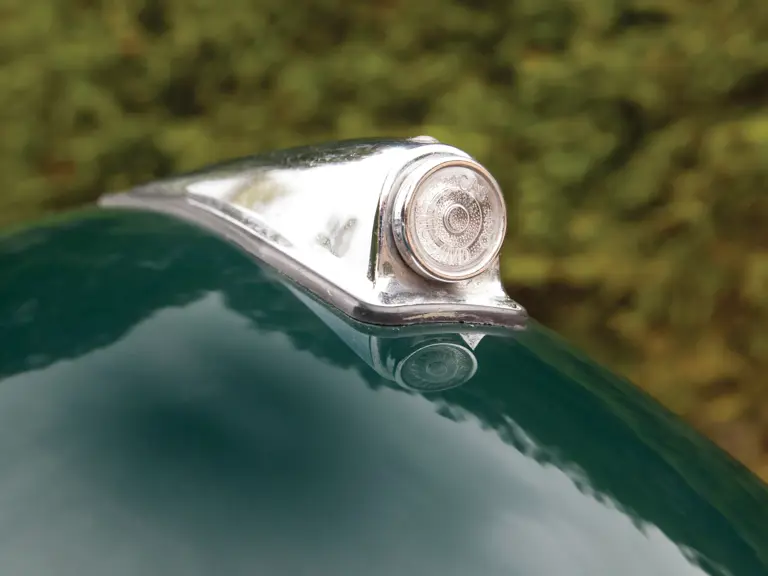


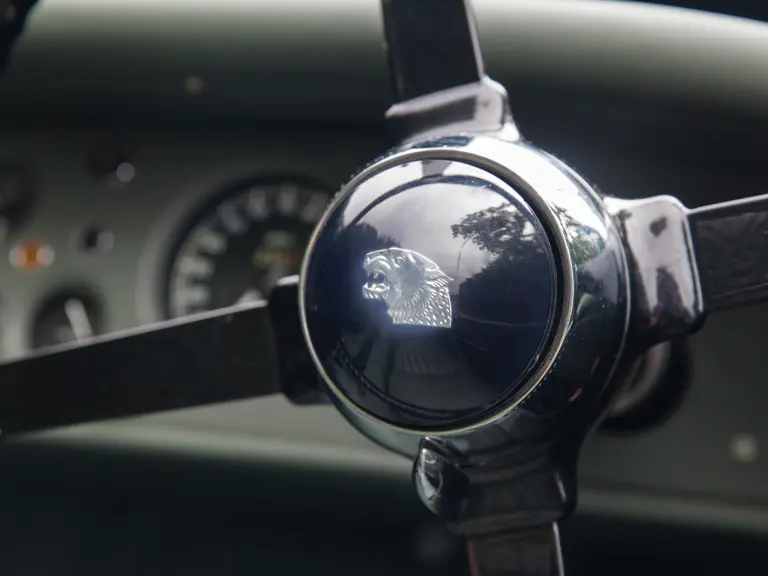

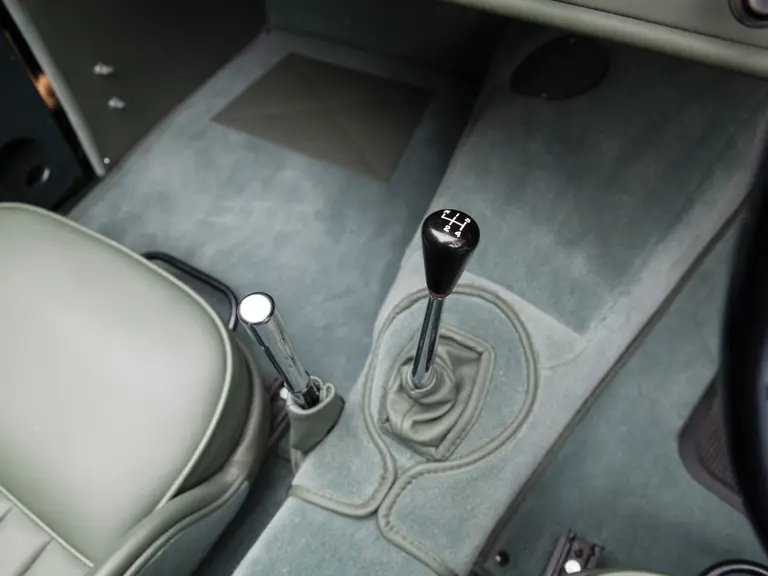

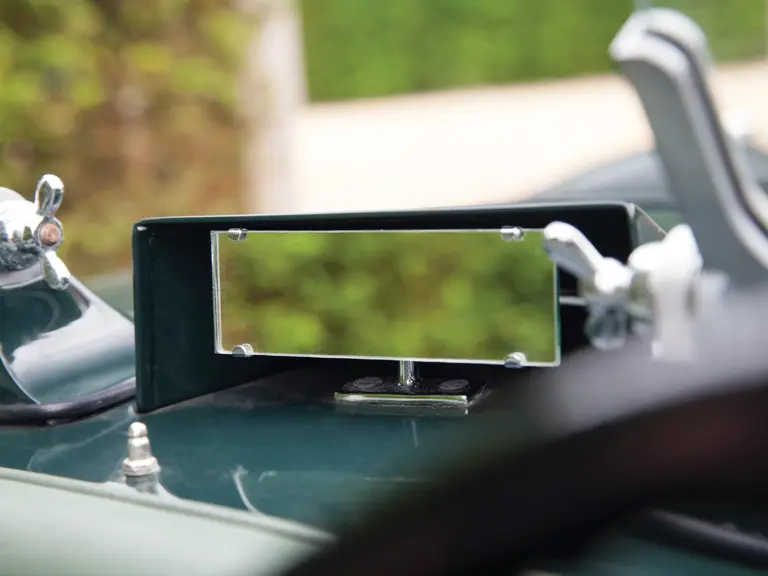








 | London, United Kingdom
| London, United Kingdom






